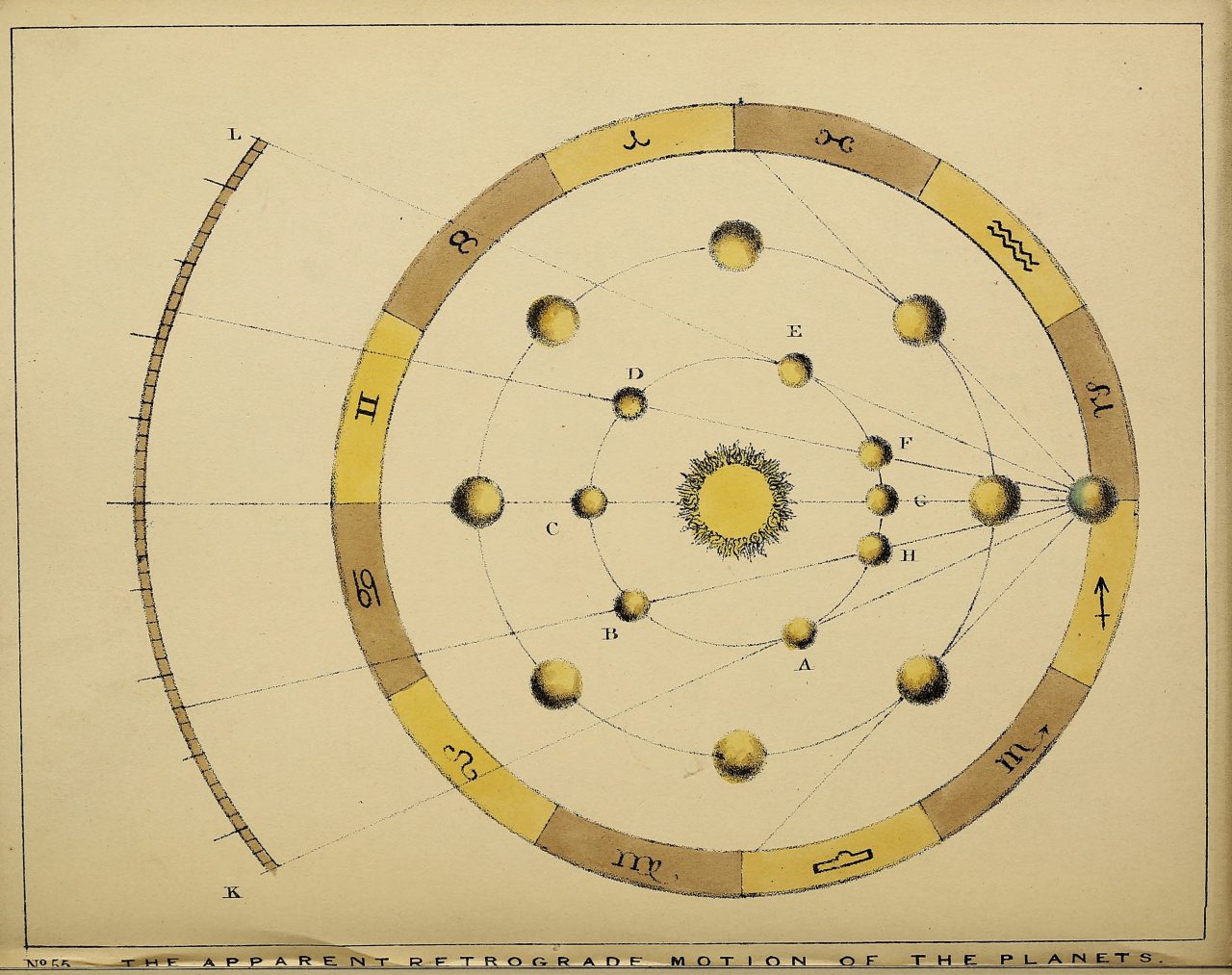
However, determining the actual colors that would be perceived by a human on the surface has been a problem from the start. Mars might seem easy to paint because of the abundant imagery from landers and rovers, as well as the presence of similar landscapes on Earth. Rayleigh worked out the physics, allowing predictions about the blue light, but long before he did, da Vinci had described the human perception of the effect, which painters call atmospheric perspective.Įach planet offers a unique challenge. The greater the distance, the more blue light appears. He concluded correctly that sunlit air adds blue light.

But nearly 400 years earlier, the painter and scientist Leonardo da Vinci pointed out in a booklet on painting that a building or mountain in the distance has paler shadows and bluer color than one in the foreground. Its hue is explained through Rayleigh scattering - the preferential scattering of blue light by microscopic particles in the atmosphere, discovered by English scientist Lord Rayleigh in the late 1800s. This triangular relationship of nature, art, and science is well demonstrated by Earth’s blue sky. Each painting (and this includes terrestrial landscape paintings, since Earth is a planet, too) challenges the artist to depict reality - not as it is expected or as artists would like it to be, but as it actually exists. The artistic movement started by Rudaux, Bonestell, and Pesek might be called astronomical realism. I was fortunate to visit Pesek and his wife in Switzerland, and in their home I noted a view of a lunar hillside showing a large rock that had rolled toward the viewer, leaving a visible track behind it - but the boulder appeared to have been stopped in the foreground by a tiny flower. His paintings, while mostly realistic, sometimes included touches of whimsy. The Czech artist was vacationing in Switzerland in 1968 when the Soviet Union invaded Czechoslovakia, prompting him to remain in Switzerland for the rest of his life. Ludek Pesek (1919–1999) was another pioneer of astronomical art. The great science-fiction author Jules Verne is often quoted as writing, “Anything one man can imagine, other men can make real.” Bonestell’s paintings showed the dream and the Apollo engineers made it a reality. (As astronomical artist and historian Ron Miller has said, “That’s the way rockets were supposed to look!”) Many of the engineers and scientists who put the Apollo astronauts on the Moon were inspired by that book as teenagers. Its cover showed a sleek, silver rocket and astronauts on the Moon. The book’s paintings included new landscapes on various planets, created based on consultations with scientists during preparation of the book. Here’s another example: In 1949, Bonestell illustrated a world-changing book, The Conquest of Space, with text by science popularizer Willy Ley. Scientists publish their work in peer-reviewed journals, but astronomical realist painters translate the results to show what distant worlds would look like if we could be there. This story is just one example of the importance of astronomical art. Decades of scientific progress following Bonestell’s painting indicated that Titan’s atmosphere produces not a clear blue sky, but a cloudy haze so thick that Saturn might be rarely, if ever, visible from the surface.

(It is, in fact, the only moon in the solar system to have one.) Bonestell saw the opportunity to paint a moonscape without a black sky and produced a famous painting showing Saturn in a blue sky over an icy landscape.īut the view from Titan continued to challenge scientists as well as artists.

Astronomer Gerard Kuiper had recently confirmed earlier suspicions that Titan had a substantial atmosphere. Saturn’s largest moon, Titan - which is larger than the planet Mercury - presented an interesting challenge.
#Astronomical phenomena in art series
In 1944, the popular weekly LIFE magazine published a series of paintings by Bonestell, showing the planet Saturn as seen from its various satellites. Rudaux’s book enthused an American artist, Chesley Bonestell (1888–1986), who was a leading special-effects artist in Hollywood, having painted backdrops in famous films such as Citizen Kane.


 0 kommentar(er)
0 kommentar(er)
